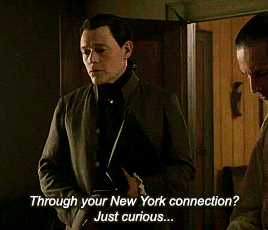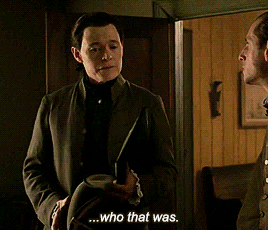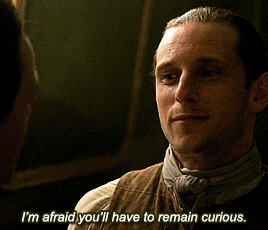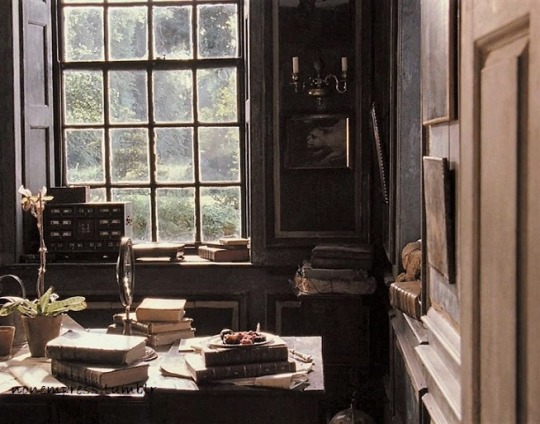History major • The Snarky Historian Blog • Wannabe writer • Travel enthusiast •
Don't wanna be here? Send us removal request.
Text
i searched martin luther in the gifs section and this is the only result and i’m losing my mind

42K notes
·
View notes
Photo

Kitty Fisher, 1764, Joshua Reynolds
Medium: oil,canvas
54 notes
·
View notes
Photo


Robe à la française ca. 1760
From Enchères Sadde via Interencheres
328 notes
·
View notes
Note
Claret for the ask thing?
claret: talk about a memorable experience on public transport.
I’ve always lived in places with shit public transport BUT when I was four I was on the subway in London and I spilled my McDonald’s pancake syrup all over myself because I was dumb and trying to eat pancakes while the subway was moving.
Also, apparently there was a stabbing at the one bus station in my hometown the ONE TIME my mom wanted to take public transport.
1 note
·
View note
Photo



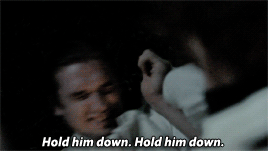
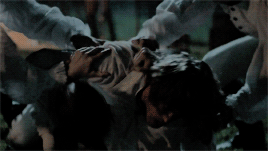



your anonymous hero makes common sense sound a bit like treason.
requested by twobronzebirdies.
565 notes
·
View notes
Photo

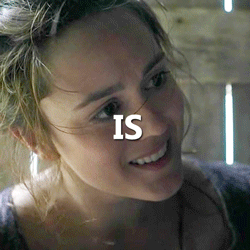


I saw this girl, you know, trying to be someone else. But for that moment… it was like you were alone, or you thought you were. And, you know, you could just be yourself.
194 notes
·
View notes
Text
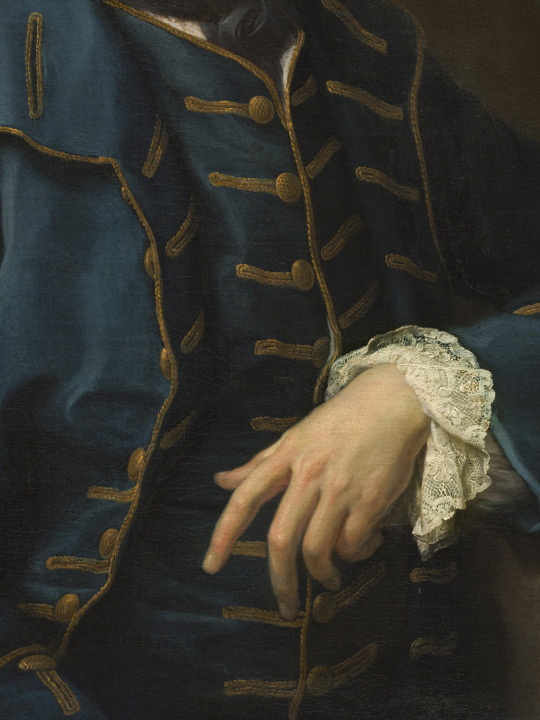
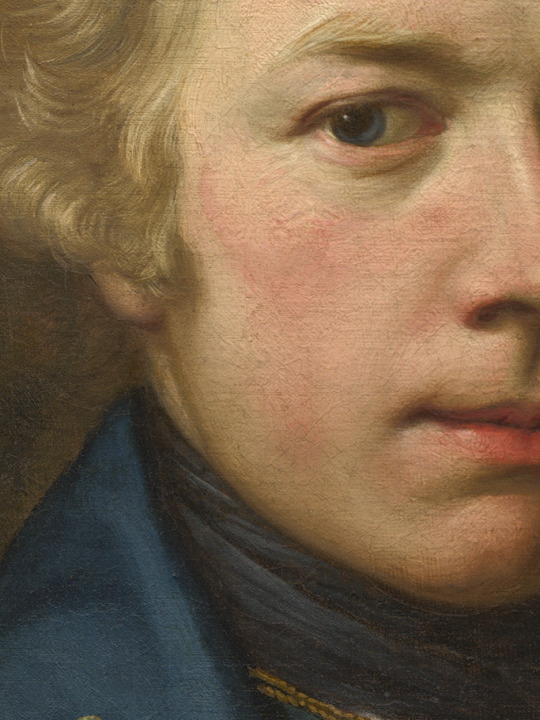
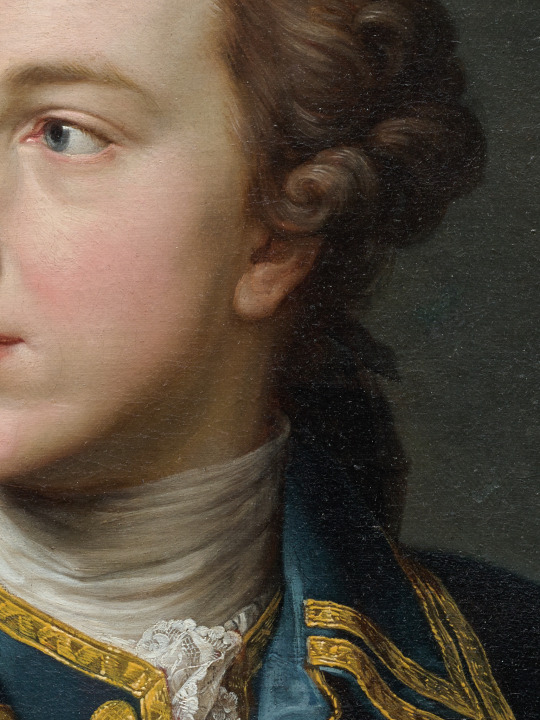
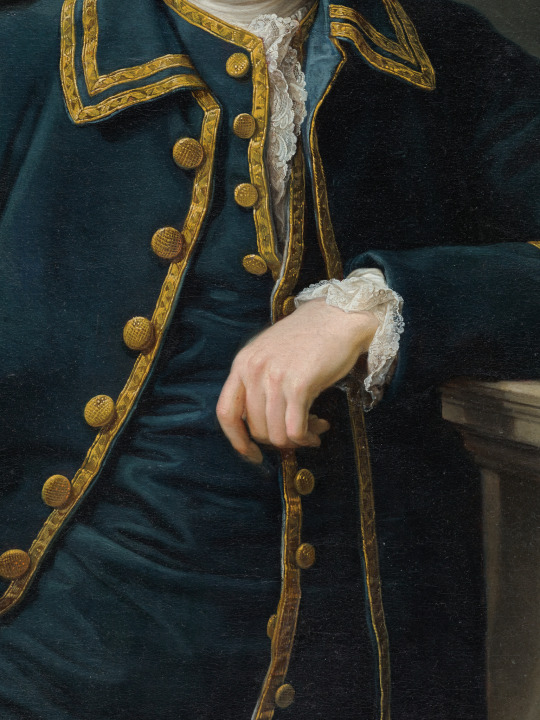
Details: – Pompeo Batoni (Italian, 1708-1787)
918 notes
·
View notes
Text
🏮 shades of red asks
crimson: if you could have only one photo or poster on your wall, what would it be?
maroon: what role do you play in your group of friends?
ruby: favourite pre-2000 song?
brick red: have you ever been in an abandoned building?
merlot: do you have any unusual fears?
vermilion: have you ever pulled an all-nighter? if so, tell us about the first time.
carnelian: at what point did your life change without you realising?
burgundy: how often do you make your bed? what do your favourite bedsheets look like?
red ochre: are you inclined to watch a tv series if a lot of people on the internet are talking about it?
garnet: what’s the most expensive thing you own?
sangria: to what extent do you enjoy sour candy?
cardinal: what is the first song that made you cry?
blood: which of your family members is your favourite?
rosewood: have you ever had a penpal? would you like one now?
scarlet: think of your favourite genre. what kind of media in that genre do you prefer - books, films, or tv series?
carmine: do you prefer having or not having a schedule?
persian red: answer with a picture of your dream holiday destination.
strawberry: what album would you love to have on vinyl?
claret: talk about a memorable experience on public transport.
mahogany: what is your favourite musical instrument, in terms of sound?
lipstick red: if you could live one day with no one recognising you, what would you do?
wine: tell us about your first experience with alcohol.
cherry: thoughts on mainstream music?
pomegranate: favourite and least favourite fruits?
imperial: what film, in your opinion, has the best cinematography and/or special effects?
12K notes
·
View notes
Text
British Officers and Class in the American Revolution
A very good article from the Society of King George III.
tl;dr it’s estimated only 12% of British officers in the Revolution were from the “upper” classes, and 10% had risen directly from the ranks. Conflict opened up the officer corps to large numbers of “middling” sorts, such as wealthy traders and merchants, like Banastre Tarleton.

When discussing the officer class in the 18th century, it is important to remember first and foremost that The British officer strives to carry himself as a gentleman. Following the unwritten constitution of etiquette and morality which ruled over social interaction throughout the period. A constitution based on duty, loyalty, courage and the ability to inspire their men in times of great hardship. A far cry from our sometimes Hollywood view of an army driven on under a yoke of brutality and corporal punishment. However, it would be wrong to identify the character of the officer and gentleman as the sole preserve of the aristocracy. Though the likes of Lieutenant Colonel John Graves Simcoe and Lord Charles Cornwallis were educated at Eton, then later Merton College, Oxford and Clare College, Cambridge, this is by no means the average upbringing for the majority of British officers of the time. A recent study looking into the social background of officers serving in the British Army, concluded that during the American Revolution (1775-1783), only seven percent of ordinary infantry officers serving in the line were from the aristocracy, titled or otherwise and another five percent from the baronetage, thereby accounting for just 12 percent of the total. It is fascinating to consider that the 21st century impression of the British officer, as a member of the upper classes, is only really born out of the later regency period. It is then when the percentage climbs to around twenty percent, with a rise to forty seven percent within the guards regiments.
Why is this so important? Well, it highlights something that is greatly overlooked in this period and that is the fluidity of social mobility. Though there is still the practice of purchasing commissions in the army, taken as a whole, if a man possesses the ability and manner for command, then he is quickly sought out for advancement. An example of this would be the rather controversial character of Banastre Tarleton. Tarleton was born into the emerging merchant classes, a social group that had grown extensively during the mid to late eighteenth century. After losing the majority of his inheritance to gambling and the company of the fairer sex, he purchased a commission as a Cornet in the 1st Dragoon Guards. This would be the only commission he would purchase throughout his entire career. He made his way to the rank of Lieutenant Colonel on nothing more than the merit of his service, which at the time was no mean feat.
In peacetime the army maintained a reduced establishment in which promotions and appointments by purchase naturally dominated. However, in times of war, with a greater number of casualties occurring, it was a very different matter. Not only was the commissioning of officers within existing regiments increased, but a whole host of new regiments were raised (in one instance twelve in the same month). This in turn meant that the expansion of the army resulted in an exponentially large demand for officers, and since this demand was not matched by a corresponding increase of the birth-rate of the gentry and the aristocracy, the additional officers had to be drawn from a much wider social base. Hence why the middling and merchant classes began to furnish the army with some of its most talented junior officers. The characters of Hornblower and Sharpe are not altogether works of fiction, they have a grounding in real practices. Therefore, one may argue that the idea of a gentleman in the eighteenth century, is based far more on conduct and attitude, than on birthright. One contemporary described this by saying, “Private gentlemen without the advantage of birth and friends”.
The newly commissioned officer would have his name appear in the London Gazette, a term often referred to as being “gazetted”. What is also remarkable is that alongside the man’s name, it also made note of whether he had been raised in the ranks or was a private gentleman seeking his first commission. It is estimated that nearly ten percent of British officers had spent some time in the ranks or had been senior NCO’s prior to their commission. A notable example of this would be five men from the 100th Regiment of Foot, who were gazetted in 1799. The men had served since the regiments raising in 1794, with occupations ranging from a tailor to a labourer. It is safe to say that these men were not gentlemen by birth, but through commitment and valued service, the status could be obtained.
Age is another interesting factor to consider at this time. Officially a man had to be at the age of sixteen to take up a commission as an ensign in the British army. Though we know now that this often varied. General James Wolfe for example, entered the 12th Regiment of Foot as a commissioned ensign shortly after his fifteenth birthday. In the 21st Century we would be shocked to hear of a child serving in the army, but in the 18th it is not uncommon to begin a career as a drummer as young as 10 years old. That being said, we must also remember that at this time, boys of the same age were being apprenticed up and down the country in all manner of hazardous occupations. The idea of taking up an ensign’s post was in a sense a military apprenticeship.
The officer’s role then in the late eighteenth century is to be the bastion of elegance and efficiency. This is reflected in the numerous guides for junior officers. books including both the lists of required and expected items a junior officer should carry with him during his service with the infantry. They further included guides attaining to the way a company officer should interact with his NCO’s. What they do not mention is that the majority of a junior officer’s training and basic introduction to army life would be overseen by the senior NCO’s in his battalion. From the handling of firelocks to the words of command, the NCO gave the officer class an education in the tough realities of command. This is a practice still used at the Royal Military Academy Sandhurst.
Obtaining an accurate portrayal of an officer of any rank, is among the greatest challenges facing any living historian. The marriage of dignity, presence and an appropriate wardrobe to name a few. But what truly anchors it, is the understanding that for the men under an infantry officers command, the officer represents the prestige and pedigree of the regiment. He carries with him not only the burden of command but the weight of maintaining the hereditary reputation of the regiment. It is often remarked, that the men feared their NCO’s, but adored and aspired to emulate their officers, in conduct and manner. The British officer then of the late eighteenth century, is far more than a tyrant in a redcoat. He is a multi-faceted individual, appointed not always by birth, but often through the demonstration of skill and by virtue of the respect of his men and peers.
98 notes
·
View notes
Photo
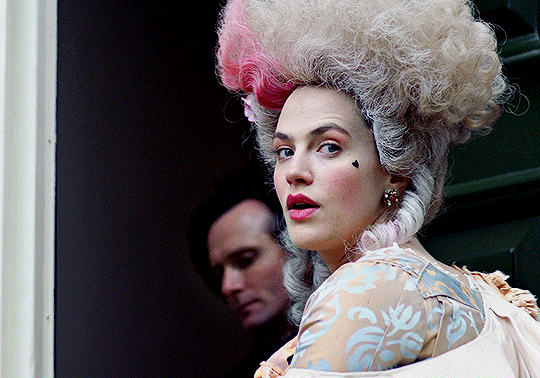

Jessica Brown Findlay as Charlotte Wells in Harlots (2017 - 2019)
2K notes
·
View notes
Text
when I was younger I didn’t understand why “may you live in interesting times” was considered a curse in ancient greece.
I get it now.
313K notes
·
View notes
Photo

Charlotte Bettesworth, George Romney, 1779
85 notes
·
View notes
Photo




Ben looking good in his uniform
Turn: The Battle of Setauket
753 notes
·
View notes
Link
Y’all. I have been waiting all day to post this. Stuff like this makes me so damn excited
5 notes
·
View notes
Text

Denis Diderot's bust and young man (detail). By Jean Simon Berthélemy, 1784.
2K notes
·
View notes
